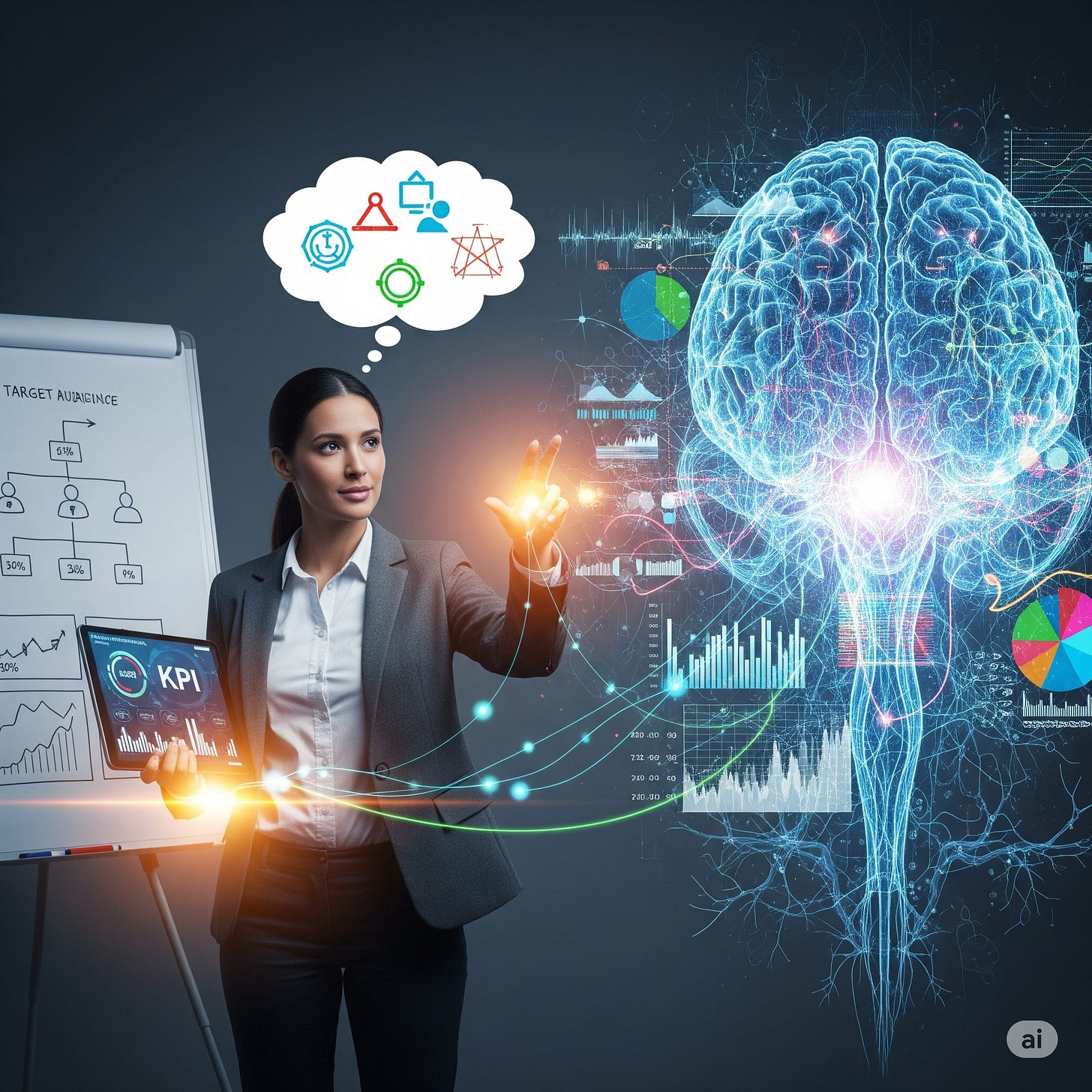This 09 Neuromarketing Concepts Every Smart Marketer Should Master
Marketing isn't persuasion — it's precision psychology.
Imagine if you could ethically nudge your audience toward a purchase without being pushy or relying on gimmicks.
The secret? Understanding how the human brain actually makes decisions.
Here are 9 powerful neuromarketing principles that shape behavior, boost conversions, and build trust — whether you're selling a product, a service, or a story.
1. The Framing Effect
💬 “Would you like to pay ₹3,000 per year or just ₹8/day?”
The way you frame an offer radically shapes how it's perceived.
Same value — different outcomes.
2. The Affordability Illusion
💡 Break it down to feel light.
A ₹10,000 course sounds expensive — until it's “₹27/day for one year of transformation.”
This makes even premium pricing feel digestible.
3. The Rule of 3
🧭 Three options guide decisions.
Offer Basic, Pro, and Premium. Most buyers will avoid the cheapest and go for the “safe middle.”
It’s decision psychology in action.
4. The IKEA Effect
🛠 We love what we help build.
People assign more value to things they contributed to — think customization, templates, DIY checklists.
Let your audience co-create their solution.
5. The Power of Free
🎁 “Free” is irrationally irresistible.
Even when a free bonus adds minimal utility, it skyrockets perceived value.
Use it wisely — as a trigger, not a crutch.
6. The Contrast Effect
📊 Show the premium to sell the standard.
Put a ₹1,000 offer next to a ₹4,999 one, and suddenly it feels like a steal.
Humans judge value in relativity, not isolation.
7. The Paradox of Choice
🤯 More options = more anxiety.
Too many features, plans, or add-ons can paralyze decision-making.
Simplify the path. Guide with clarity, not complexity.
8. Anchoring Bias
⚓ First impressions set the bar.
The first number your audience sees becomes a mental reference point.
Use it intentionally — anchor high, and offer context for what follows.
9. The Endowment Effect
🧤 Ownership changes perception.
Once people feel like something is “theirs” — even temporarily — they value it more.
Free trials, interactive demos, and “build-your-own” flows tap into this bias.
🧠 Neuromarketing Is Human-Centric Strategy
The best marketers don’t just highlight features or drop discounts.
They design offers that align with how real people think, feel, and decide.
Understanding the brain = understanding your buyer.
✅ Use these insights to:
Increase conversions ethically
Build deeper resonance
Reduce drop-off and indecision
🗣 Which of these do you already use in your sales pages or funnels?
Or which one will you test next?
Smart psychology. Simple tactics. Scalable results.
Would you like a downloadable neuromarketing cheat sheet PDF for this post?
Reply or comment and I’ll send it to you.



